Bees, these small yet extraordinary insects, have always captivated our imagination with their intricate hives and diligent work ethic. But did you know that bees are also remarkable communicators and navigators? Their methods of communication and navigation are a testament to their intelligence and cooperative nature. In this blog post, we will delve into eight surprising facts about bees’ communication and navigation, shedding light on their incredible abilities.
Bee-Inspired: Buzz into New Tab
1. Dance Language: The Waggle Dance
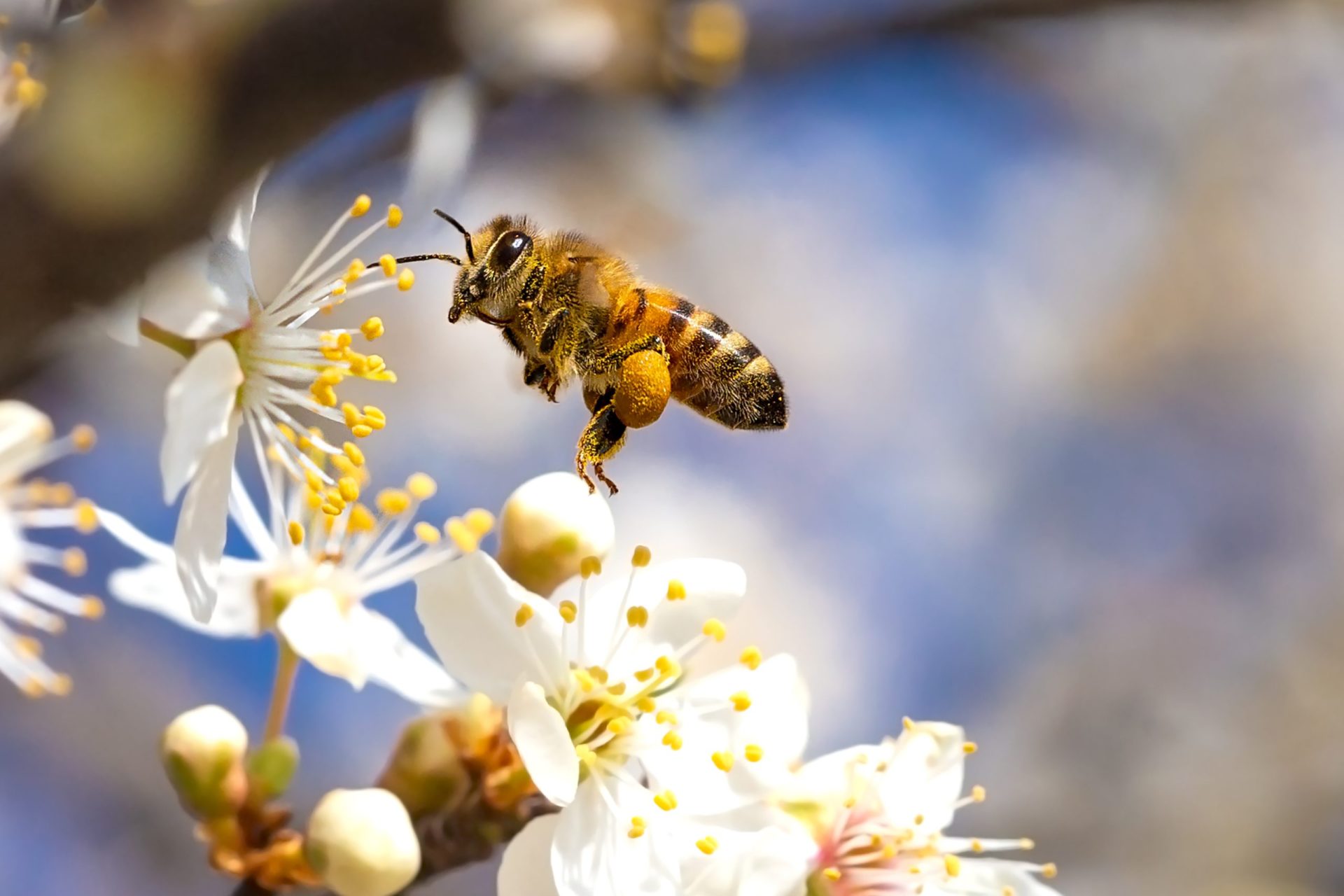 When it comes to communicating directions, bees have a unique method known as the waggle dance. This impressive dance involves a forager bee moving in a figure-eight pattern while waggling its abdomen. The angle and duration of the waggle convey the distance and direction of the food source relative to the sun. Other worker bees observe this dance and quickly grasp the location, allowing them to embark on their own foraging expeditions.
When it comes to communicating directions, bees have a unique method known as the waggle dance. This impressive dance involves a forager bee moving in a figure-eight pattern while waggling its abdomen. The angle and duration of the waggle convey the distance and direction of the food source relative to the sun. Other worker bees observe this dance and quickly grasp the location, allowing them to embark on their own foraging expeditions.
2. Vocal Vibrations: Buzzing to Communicate
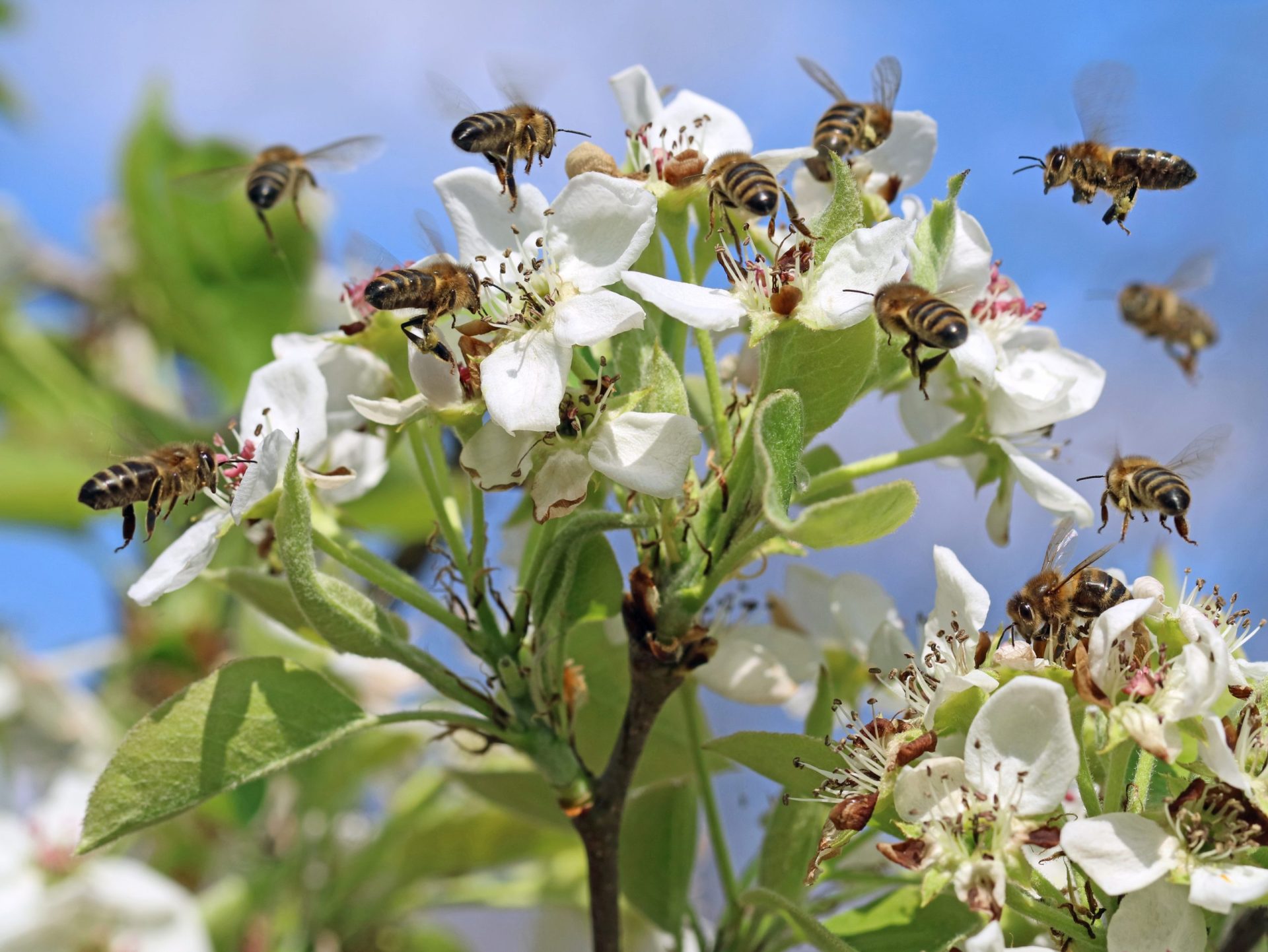 Bees also communicate through sound vibrations. By buzzing their wings at different frequencies, they create distinct sounds that convey various messages. For example, when a honeybee discovers a rich source of nectar, it returns to the hive and performs a special buzzing signal, known as the “tremble dance.” This dance indicates the location and quality of the newfound food source, prompting other bees to join the foraging mission.
Bees also communicate through sound vibrations. By buzzing their wings at different frequencies, they create distinct sounds that convey various messages. For example, when a honeybee discovers a rich source of nectar, it returns to the hive and performs a special buzzing signal, known as the “tremble dance.” This dance indicates the location and quality of the newfound food source, prompting other bees to join the foraging mission.
3. Pheromones: Chemical Messages
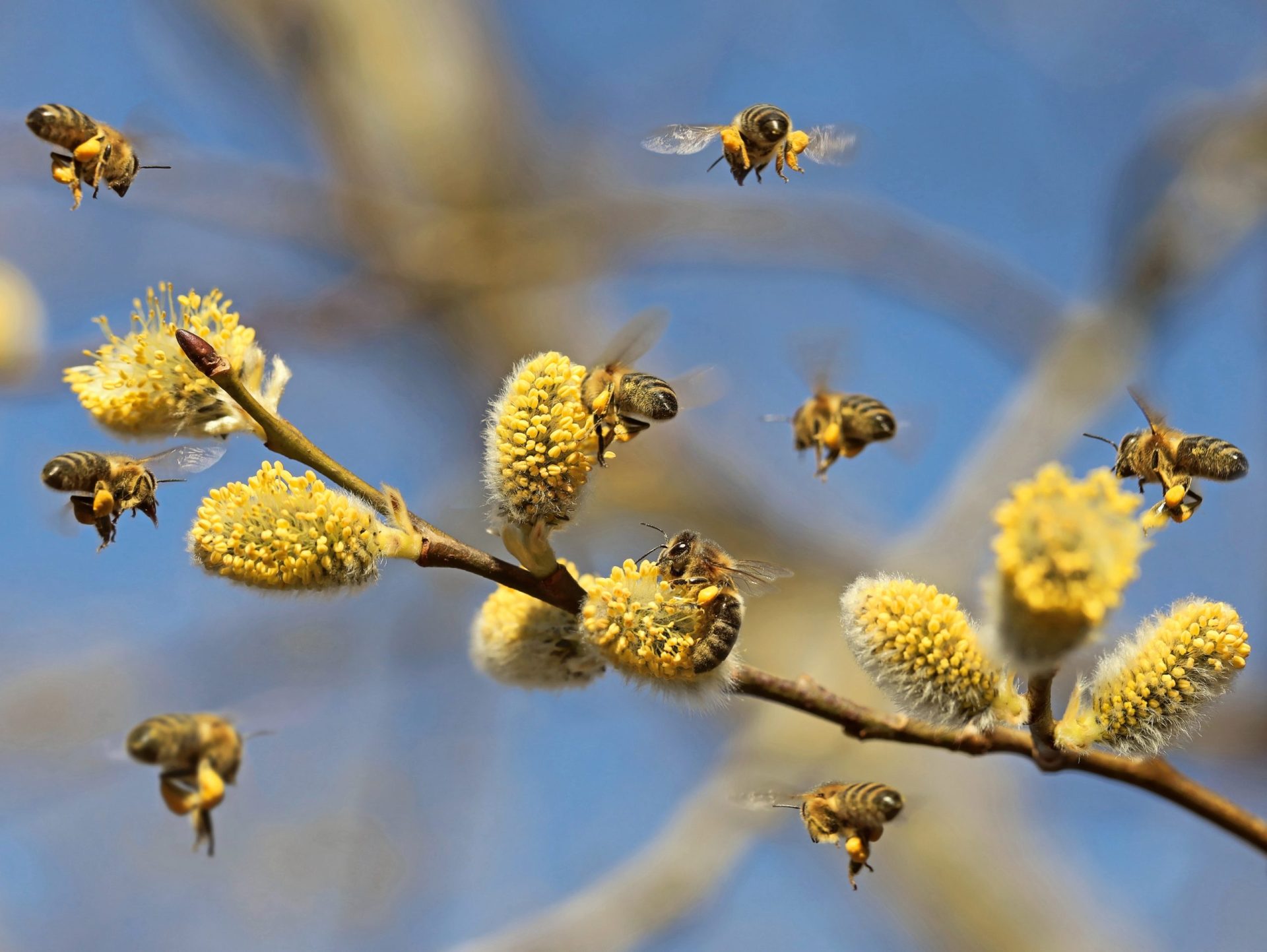 nIn addition to dance and sound, bees use pheromones to communicate with each other. Pheromones are chemical substances released by bees to convey specific messages. For instance, when a bee stings, it releases an alarm pheromone that alerts other bees to potential danger. This quick communication ensures a swift collective defense against threats, safeguarding the entire hive.
nIn addition to dance and sound, bees use pheromones to communicate with each other. Pheromones are chemical substances released by bees to convey specific messages. For instance, when a bee stings, it releases an alarm pheromone that alerts other bees to potential danger. This quick communication ensures a swift collective defense against threats, safeguarding the entire hive.
4. Polarized Light: Navigating with Precision
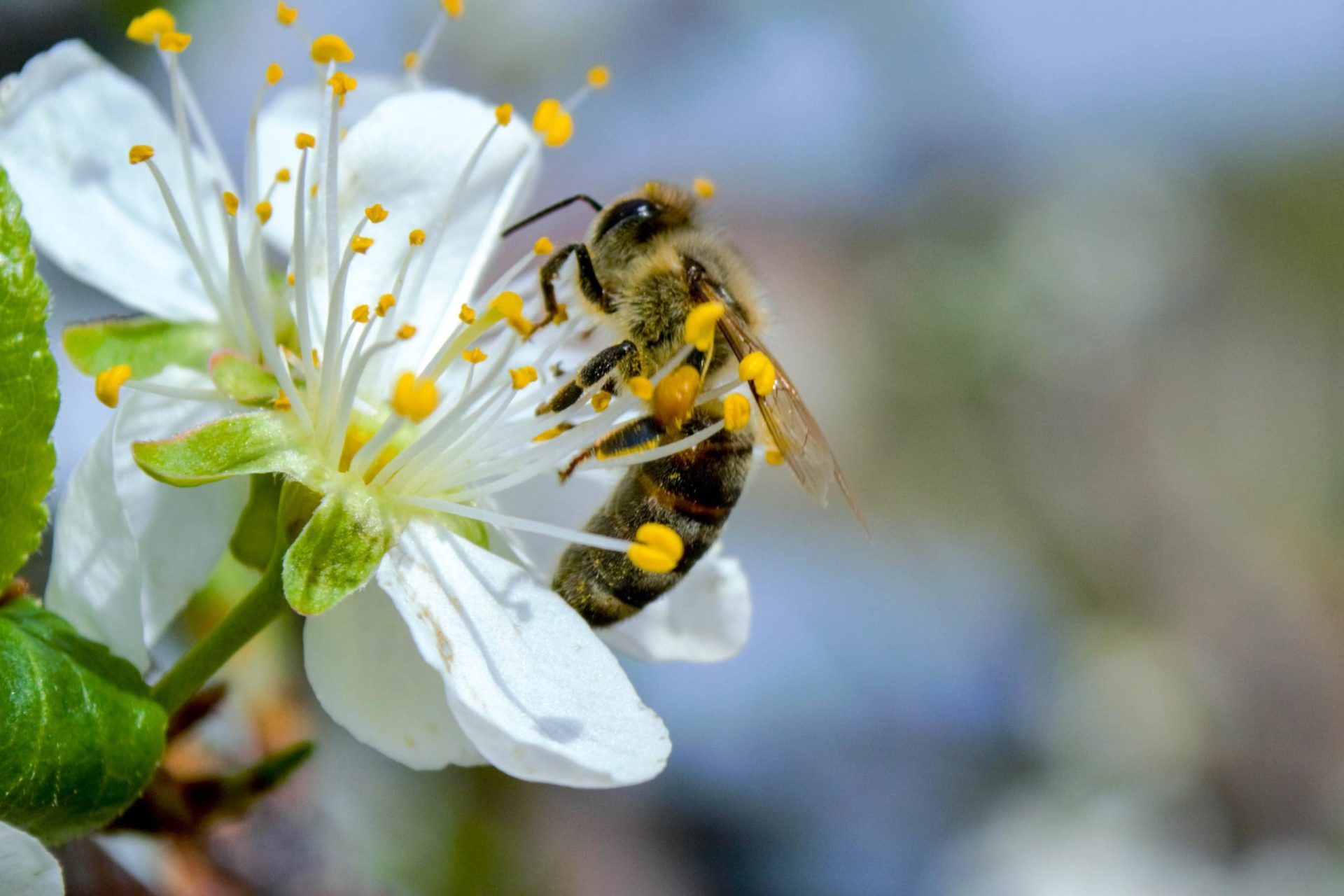 Bees possess a remarkable ability to navigate using polarized light. They have specialized photoreceptor cells that can detect the angle and orientation of polarized light, allowing them to determine the position of the sun even on cloudy days. By using this information as a compass, bees can navigate accurately, ensuring they return to their hive with precision.
Bees possess a remarkable ability to navigate using polarized light. They have specialized photoreceptor cells that can detect the angle and orientation of polarized light, allowing them to determine the position of the sun even on cloudy days. By using this information as a compass, bees can navigate accurately, ensuring they return to their hive with precision.
5. Magnetic Sensitivity: A Sixth Sense
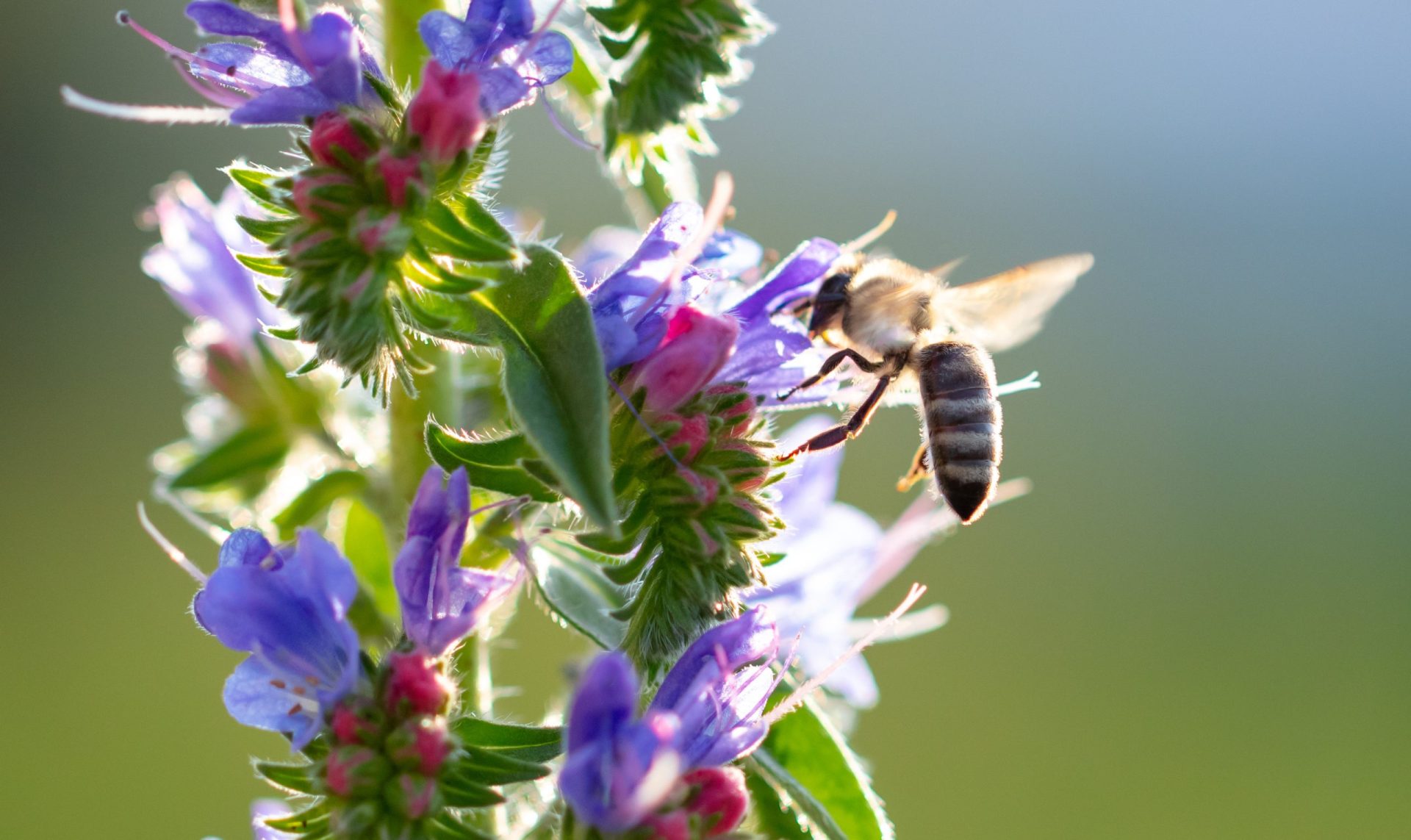 Bees possess an innate ability to sense the Earth’s magnetic field, acting as a built-in compass. Researchers believe bees may have tiny magnetite particles in their bodies, enabling them to detect and navigate based on magnetic cues. This remarkable sixth sense helps bees maintain their orientation and navigate back to the hive, even when other visual cues are absent.
Bees possess an innate ability to sense the Earth’s magnetic field, acting as a built-in compass. Researchers believe bees may have tiny magnetite particles in their bodies, enabling them to detect and navigate based on magnetic cues. This remarkable sixth sense helps bees maintain their orientation and navigate back to the hive, even when other visual cues are absent.
6. Sun Compass Orientation: Celestial Navigation
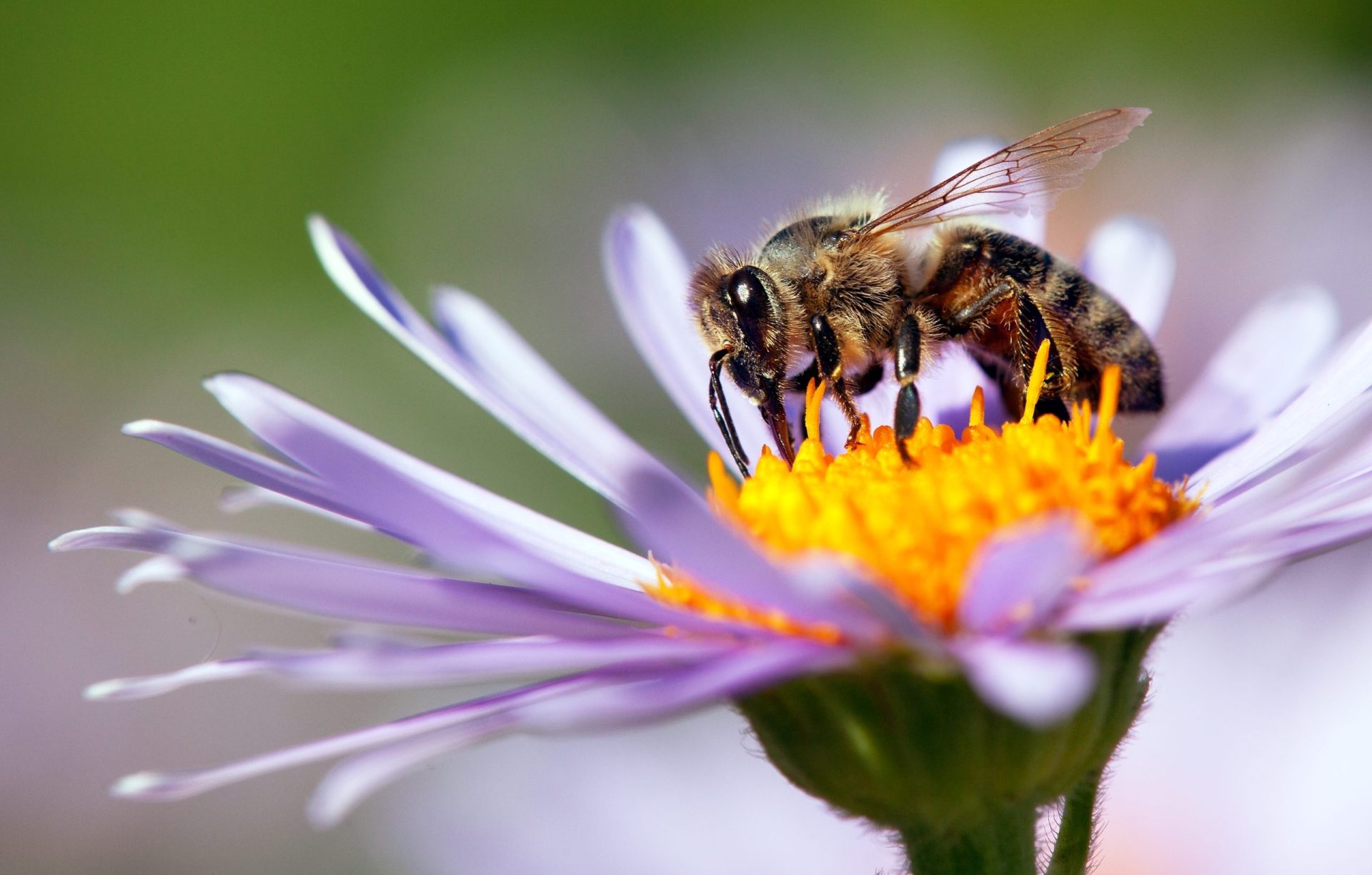 In addition to polarized light and magnetic sensitivity, bees also rely on the position of the sun for navigation. Bees have an internal sun compass, which allows them to determine their direction by calculating the angle between the sun and their current position. By updating their internal compass based on the sun’s movement, bees can navigate accurately and find their way home.
In addition to polarized light and magnetic sensitivity, bees also rely on the position of the sun for navigation. Bees have an internal sun compass, which allows them to determine their direction by calculating the angle between the sun and their current position. By updating their internal compass based on the sun’s movement, bees can navigate accurately and find their way home.
7. Collective Decision-Making: Swarm Intelligence
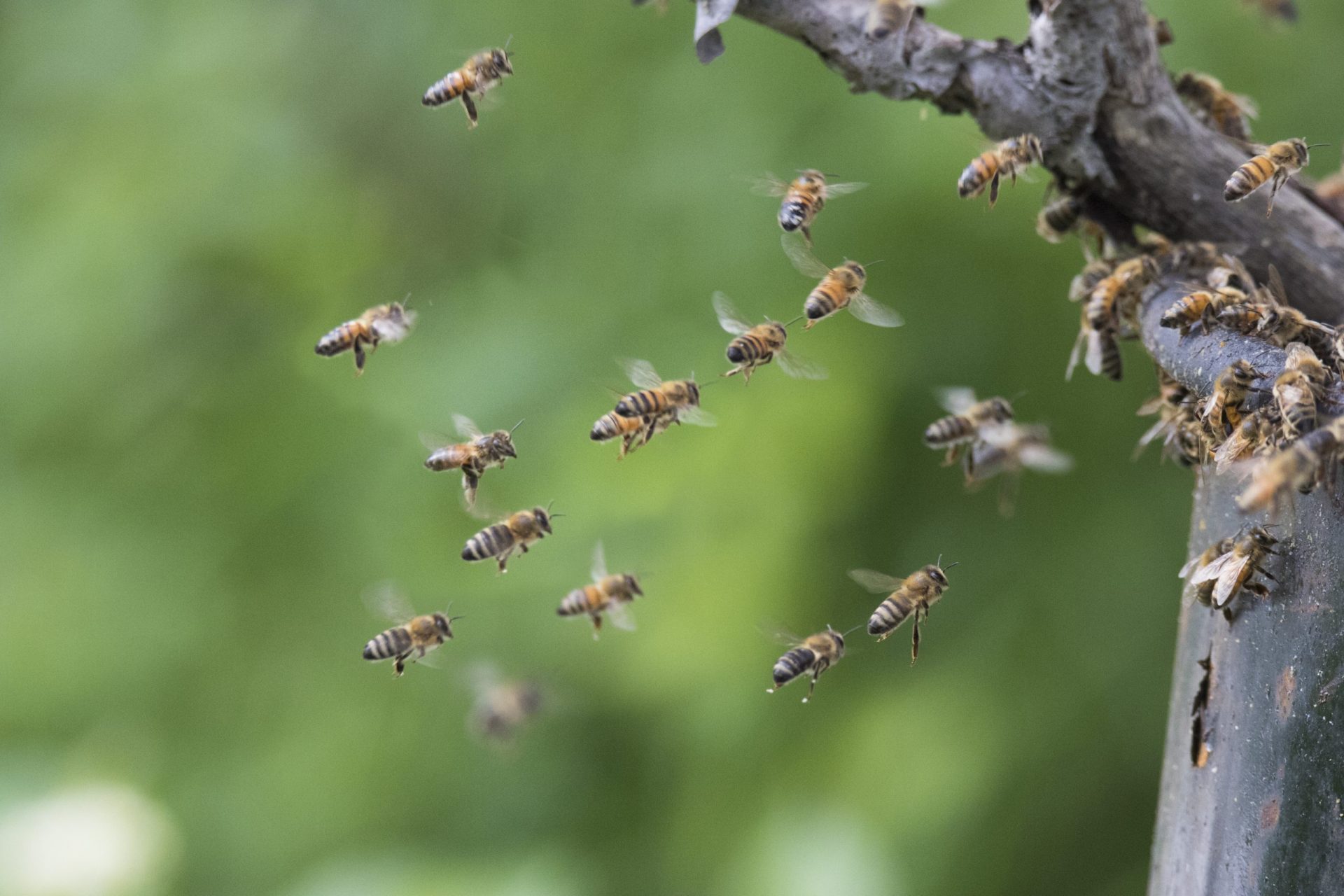 Bees are excellent examples of swarm intelligence, where the collective behavior of a group leads to efficient decision-making. For example, when scout bees search for a new hive location, they communicate with the swarm by performing the waggle dance. As more bees observe and evaluate the potential sites, a consensus emerges, and the swarm moves toward the most favorable location. This collective decision-making ensures the survival and prosperity of the entire bee colony.
Bees are excellent examples of swarm intelligence, where the collective behavior of a group leads to efficient decision-making. For example, when scout bees search for a new hive location, they communicate with the swarm by performing the waggle dance. As more bees observe and evaluate the potential sites, a consensus emerges, and the swarm moves toward the most favorable location. This collective decision-making ensures the survival and prosperity of the entire bee colony.
8. Spatial Mapping: The Bee’s Mental Map
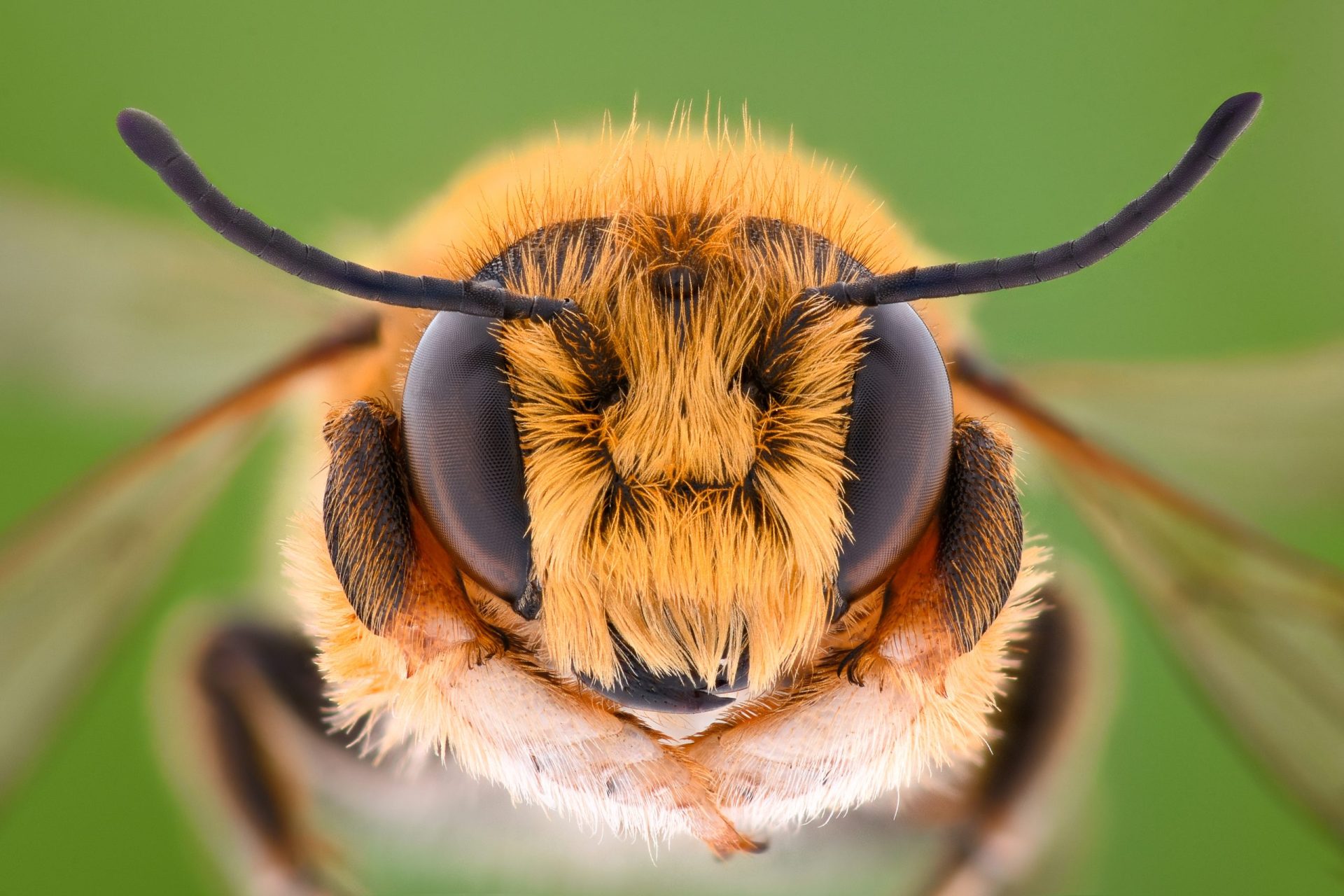 Bees possess an impressive ability to create a mental map of their surroundings. Through landmarks, such as prominent trees or buildings, and their exceptional spatial memory, bees can navigate complex landscapes with ease. This remarkable cognitive skill allows them to find the most efficient routes between food sources and their hive, optimizing their foraging endeavors.
Bees possess an impressive ability to create a mental map of their surroundings. Through landmarks, such as prominent trees or buildings, and their exceptional spatial memory, bees can navigate complex landscapes with ease. This remarkable cognitive skill allows them to find the most efficient routes between food sources and their hive, optimizing their foraging endeavors.
From their waggle dances to vocal vibrations, pheromones to polarized light, bees have developed a diverse range of techniques to convey information and find their way in the world.
Their collective decision-making abilities and remarkable spatial mapping skills further highlight the intelligence and adaptability of these tiny creatures. As we continue to study and appreciate bees, we uncover more of their surprising facts, revealing the depth of their communication and navigation abilities. So, the next time you spot a bee buzzing by, remember the incredible world of communication and navigation that lies within these seemingly simple creatures.
Bee-Inspired: Buzz into New Tab










